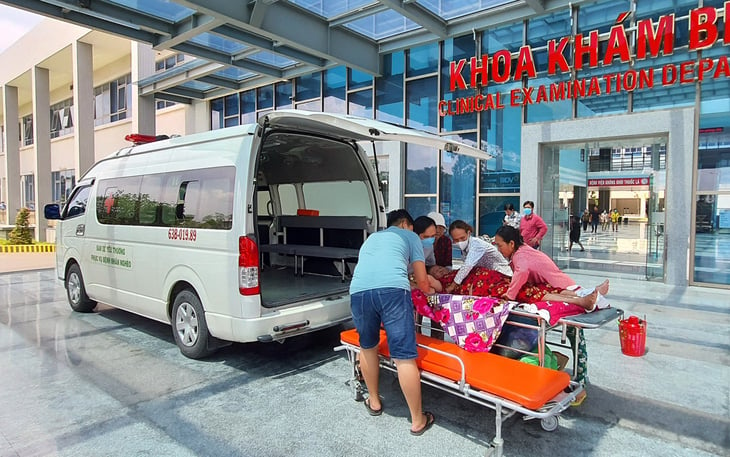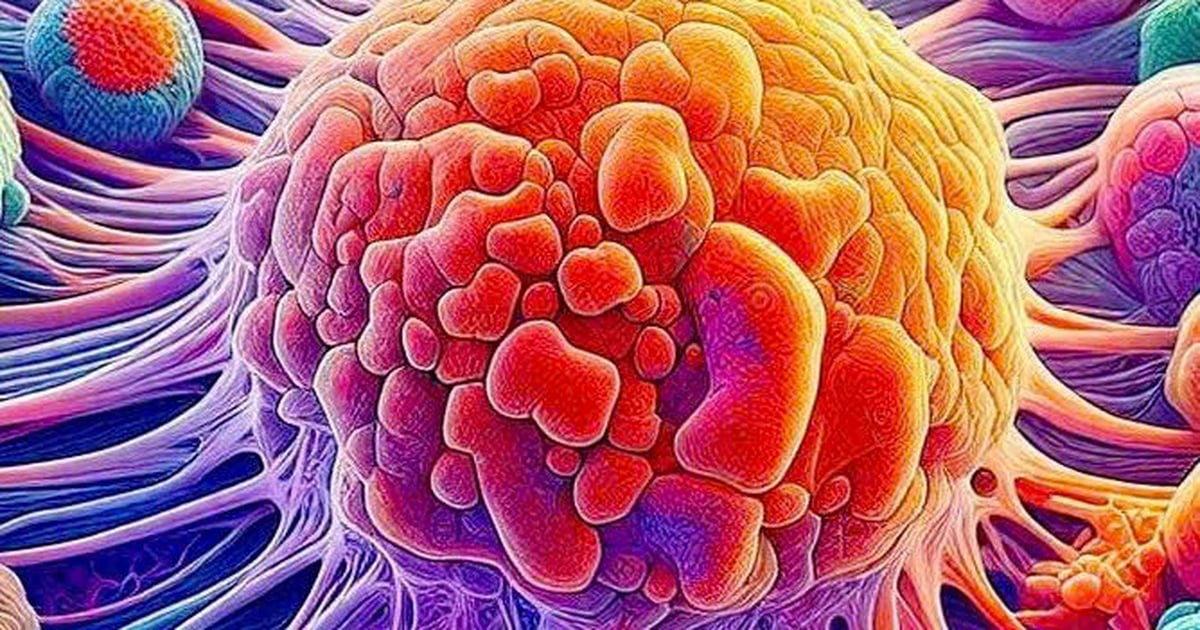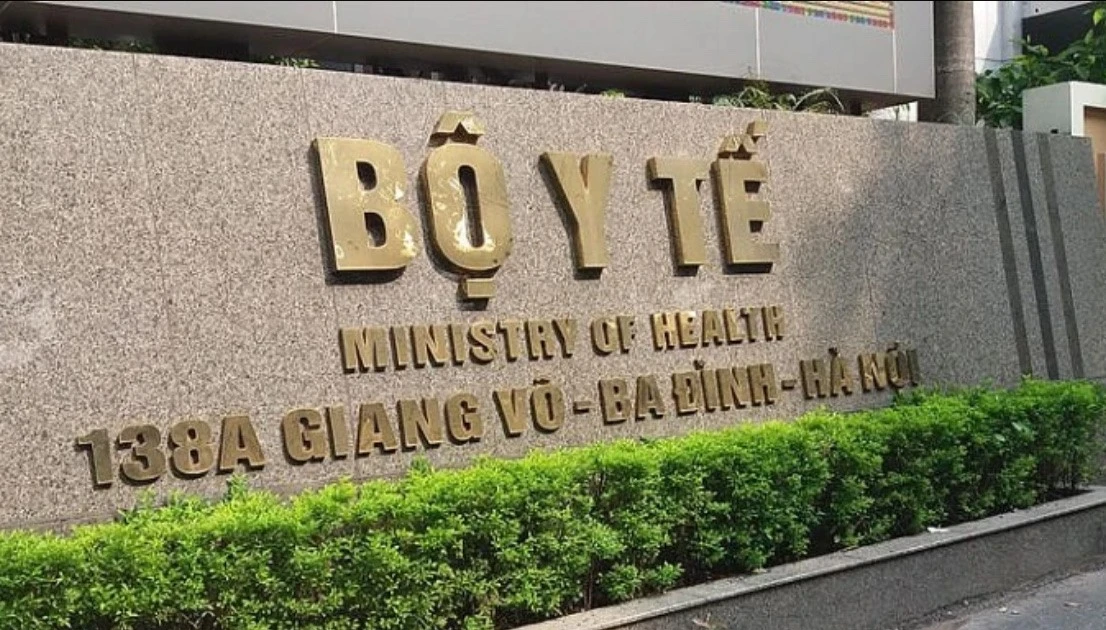At recent National Assembly sessions, health sector leaders feared that eliminating hospital transfer papers as voters suggested would disrupt upper-level hospitals and eliminate lower-level healthcare.

Patients with health insurance at the University of Medicine and Pharmacy Hospital, Ho Chi Minh City - Photo: DUYEN PHAN
The ministry's concerns are correct and in the short term this policy should not be implemented. But in the long term, a roadmap is needed to move towards a system of medical examination and treatment facilities based on a network model (rather than an administrative hierarchy) and people - customers - are allowed to choose the most suitable medical examination and treatment facility for themselves.
Vietnam's current health system still relies on public hospitals, which are organized according to central-local, upper-lower levels. The qualifications and professional skills of the staff and the scale of budget investment between levels are therefore different.
Therefore, central hospitals and upper-level hospitals always have higher medical capacity than lower-level hospitals. If given a choice, who wouldn't choose a place with higher quality? It is natural that upper-level hospitals are overloaded and lower-level hospitals sit idle when they remove referral papers.
However, in the long term, if the minister and the health sector have a strategy to reorganize the national health system, so that for each citizen, the "referral paper" to a higher level hospital is no longer necessary. That strategy is linked to the two goals of strongly developing the private health system and balancing the roles of public and private hospitals.
Instead of decentralization and division, the Ministry of Health only controls a few key hospitals, focusing on high-tech medical research, training and transferring medical techniques. Hospitals purely for treatment purposes such as Bach Mai, Viet Duc, Cho Ray... must gradually reduce their investment budget for medical examination and treatment.
All routine medical examination and treatment tasks are undertaken by the general health system, including both public and private. Such a philosophy stimulates the development of the private health system.
For example, the current public-private ratio is 80-20, so a step-by-step roadmap is needed so that private healthcare can gradually ensure 70-30, 60-40, 50-50.
And when private healthcare develops and reaches low-income areas, it will be able to redistribute medical personnel to meet the needs of medical examination and treatment more evenly among localities.
It must also be made clear that strengthening the primary health care system to serve people's care needs is a good goal.
But it is important to realize that the primary health care investment budget must perform two most important tasks: doing what the private sector does not do (epidemic prevention, epidemiology) and taking care of people in remote, rural, and mountainous areas.
In other words, primary health care should not be invested in evenly but should only be concentrated in rural areas, mountainous areas, and especially difficult areas, where private hospitals do not want to "cover" as well as for disadvantaged groups of people who need support.
In big cities like Hanoi, Ho Chi Minh City, Da Nang, Hai Phong... people rarely need to go to the ward for medical examination and treatment, so investing in basic healthcare will be wasteful.
Vietnam's biggest challenge in the coming decades is "population aging", and accordingly, the need for health care will certainly become an increasing pressure. A strong and sustainable health system requires a balance between public and private sectors.
And the freedom to choose the right place for medical examination and treatment is a legitimate need of citizens of a developed country in 2045. The Minister of Health, therefore, is not only concerned with the short-term "breakdown" of upper and lower levels, but also needs a long-term vision and strategy for the future.
 Hospital transfer: How to reduce stress?
Hospital transfer: How to reduce stress?Source: https://tuoitre.vn/de-co-the-bo-giay-chuyen-vien-20241028082708995.htm


![[Photo] Prime Minister Pham Minh Chinh chairs meeting after US announces reciprocal tariffs](https://vstatic.vietnam.vn/vietnam/resource/IMAGE/2025/4/3/ee90a2786c0a45d7868de039cef4a712)
![[Photo] Ho Chi Minh City speeds up sidewalk repair work before April 30 holiday](https://vstatic.vietnam.vn/vietnam/resource/IMAGE/2025/4/3/17f78833a36f4ba5a9bae215703da710)
![[Photo] Prime Minister Pham Minh Chinh chairs the first meeting of the Steering Committee on Regional and International Financial Centers](https://vstatic.vietnam.vn/vietnam/resource/IMAGE/2025/4/3/47dc687989d4479d95a1dce4466edd32)
![[Photo] Capital's youth enthusiastically practice firefighting and water rescue skills](https://vstatic.vietnam.vn/vietnam/resource/IMAGE/2025/4/3/3f8481675271488abc7b9422a9357ada)
![[Photo] General Secretary To Lam receives Japanese Ambassador to Vietnam Ito Naoki](https://vstatic.vietnam.vn/vietnam/resource/IMAGE/2025/4/3/3a5d233bc09d4928ac9bfed97674be98)
![[Photo] A brief moment of rest for the rescue force of the Vietnam People's Army](https://vstatic.vietnam.vn/vietnam/resource/IMAGE/2025/4/3/a2c91fa05dc04293a4b64cfd27ed4dbe)

























































































Comment (0)